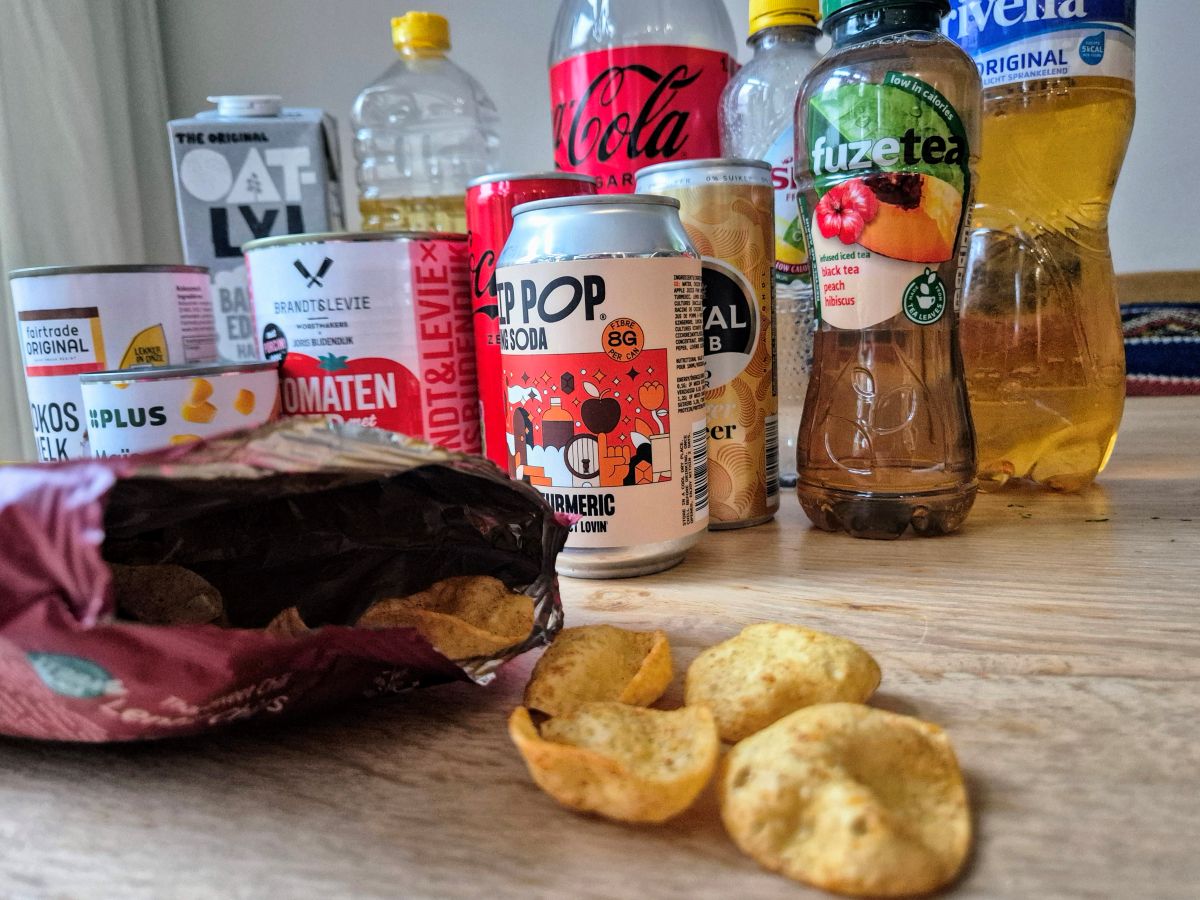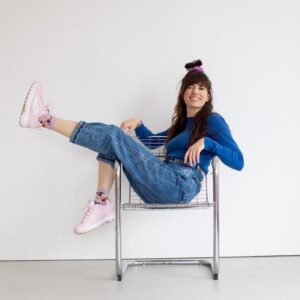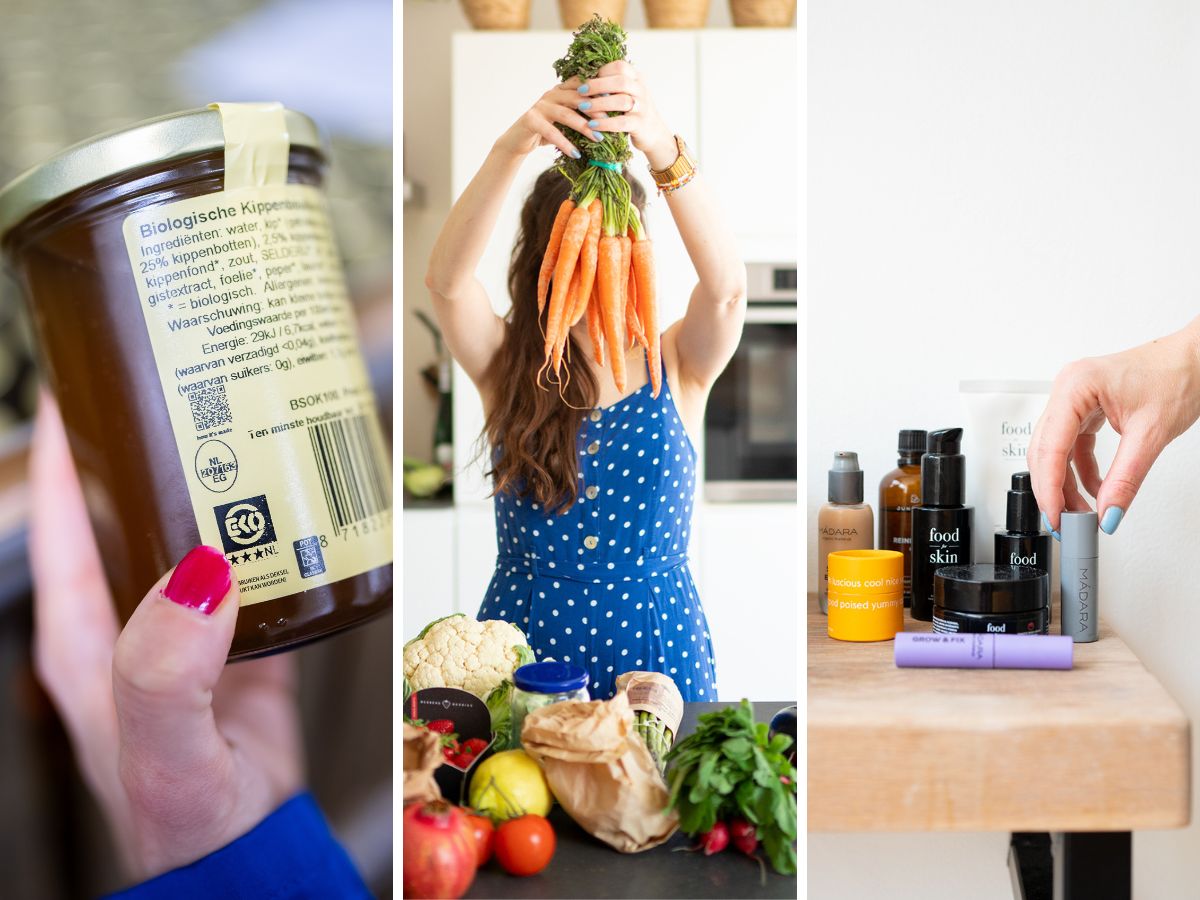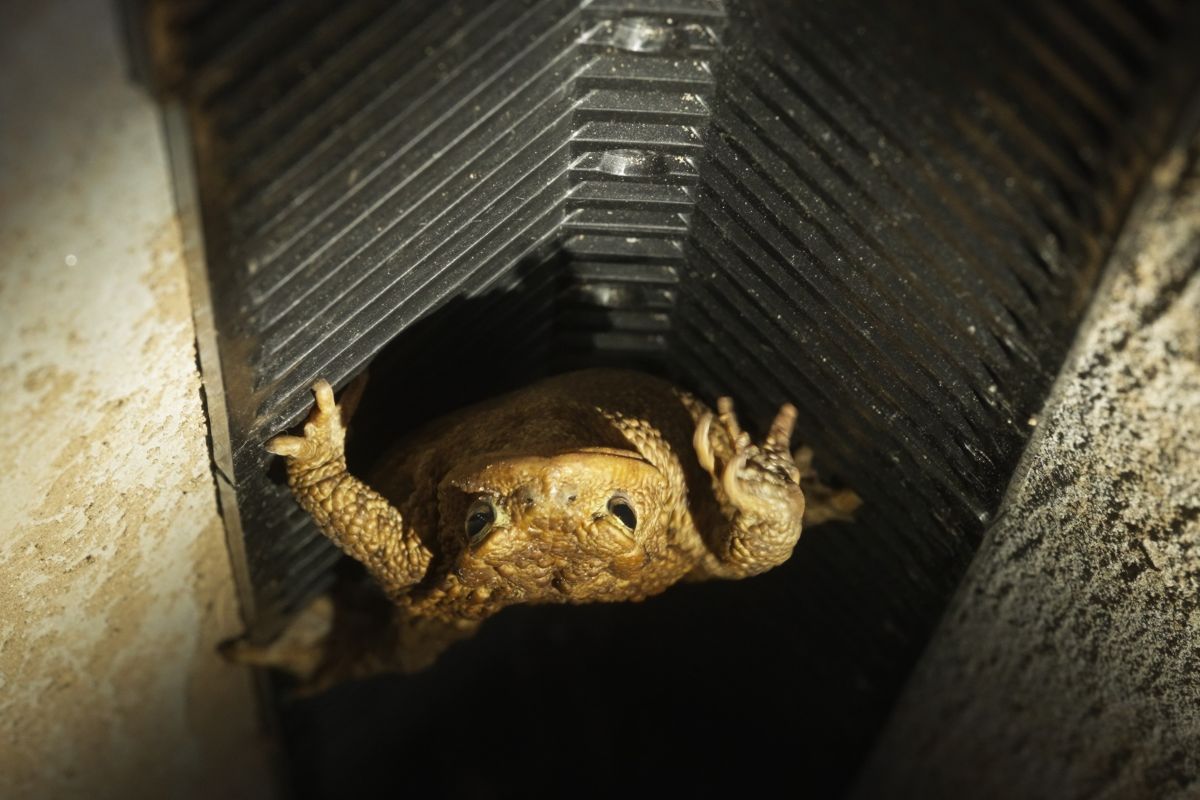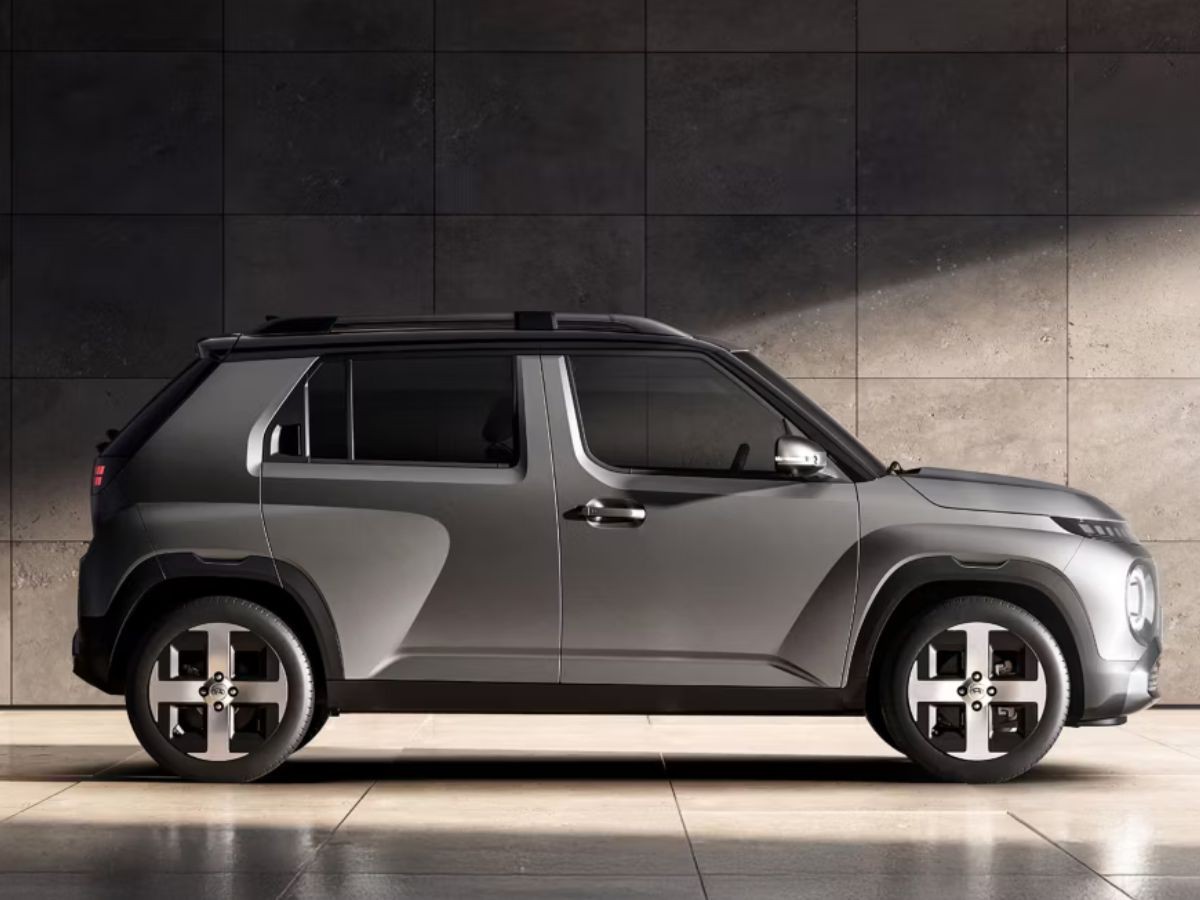Separating waste can be confusing, especially with packaging that is very similar such as PMD, residual waste and deposits. For example, where do you put an empty soup can, a soft drink bottle or compostable coffee cups? Here you can read exactly what belongs where, so you can separate your waste properly. In the future, you will know exactly in which bin everything belongs.
PMD, residual waste and deposits: what do you do with what?
In cooperation with Deposit Money Netherlands
Separating waste: we know we should, but it is sometimes quite a puzzle. PMD, residual waste and deposits: the differences are sometimes hard to remember. An empty can of capuciners - also made of aluminium - belongs to PMD, while a cola can belongs in the deposit machine. A phantom bottle belongs with the cola can in the deposit system, while the milk carton has to be thrown away back at home. In short, each type of waste has a different final destination. We take you through it briefly.
PMD
PMD stands for Plastic, Metal and Drinking Packs. This is where packaging without a deposit logo is allowed. Think of empty food cans, plastic milk bottles, shampoo bottles and drink cartons such as from yoghurt drinks, milk cartons and fruit juices. These materials are further separated for recycling after collection. PMD waste is often recycled into lower-quality products because they are not allowed to return as food packaging. Think of pipes and tubes or of those parking pads in traffic. So it is a waste to throw deposit cans and PET bottles into this waste stream, as they have the potential to be highly recycled as food packaging.
Note: In more and more municipalities, PMD is no longer collected separately. Instead, PMD simply goes with residual waste at home, where machines separate the materials later. This is often more efficient because the machines can separate better than we can at home, and it also saves extra trips with rubbish trucks if everything is taken in one go.



You can recognise deposits by the deposit logo. If this is missing, it is PMD or residual waste.
Deposit
Plastic bottles and cans with deposit logo belong at a deposit collection point, like soft drink cans and PET bottles of soft drinks. These are recognised by the deposit machine and optimally recycled. A PET bottle can be recycled again into a new PET bottle and so can your aluminium cola can. So don't throw them in the PMD or residual waste, as both the deposit and proper recycling will be lost. Tips for keeping your deposit at home good and tidy read here.
Residual waste
In residual waste, throw everything that cannot be recycled and does not belong to PMD. Think of mixed-material packaging such as crisp bags and tea bags or coffee cups made of compostable plastic. Despite their ‘compostable’ label, these cups cannot be processed on a normal compost heap nor with PMD waste. In fact, they pollute the PMD stream because they cannot be recycled properly and contaminate other materials. Unfortunately, no matter how green these coffee cups seem, they ‘just’ have to go with the residual waste.
By properly separating your food packaging, you contribute to better recycling and less waste. In doubt? Look for a deposit logo on the food packaging or check the waste separation guide.
See more on Deposit Money Netherlands.
Photo credits: thegreenlist.nl.

